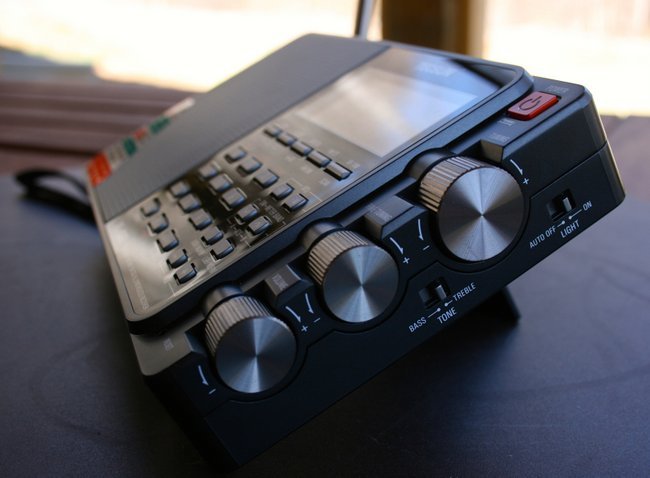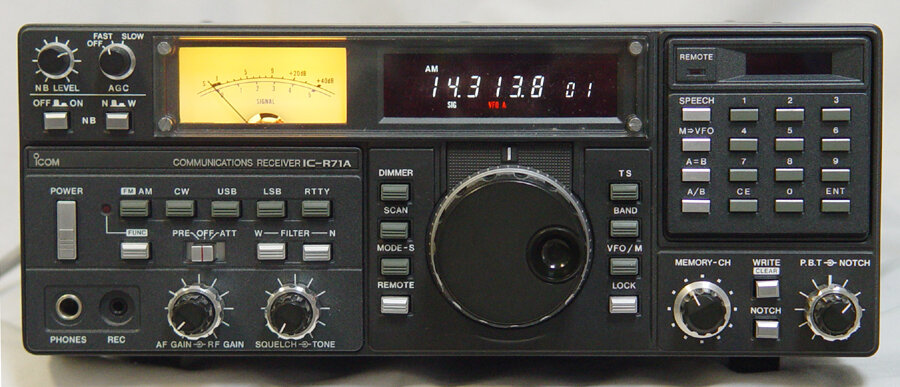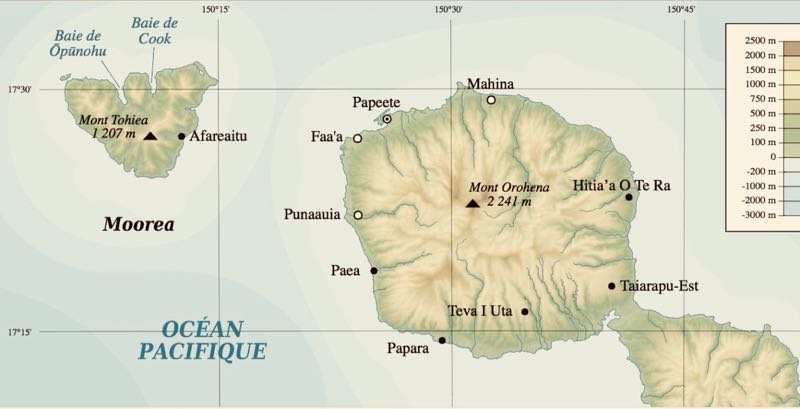The Voice of America Jazz Hour: Circa 1980
/VOA SiTE B Curtain Antenna Array Near Greenville, North Carolina
Many thanks to SRAA contributor, Bob Purse, who shares the following recording and notes from his excellent website Inches Per Second:
Here are two more [shortwave recordings], which I recently came across. These are both segments of episodes of "The Voice of America Jazz Hour", circa 1980, each of which features live recordings of Jazz performers in concert in Europe. I suspect that the recordings shared within this programming might be quite rare, if in fact these tapes were made for VOA and not generally broadcast or released elsewhere. However, it could also be that these performances are actually from released albums, or at least that these performances were later released. By some weird coincidence, these two segments are both 35-36 minutes, even though the show original ran an hour.
The styles of jazz performance heard here are not at all similar the styles within jazz that 1I prefer, and I therefore know nothing about these performers nor have I tried to research them or these performances. But perhaps some of you out there have a taste for this, and I don't ever want to limit this site to things that I want to hear. If anyone has information to share about these recordings, by all means, do, and I'll pass it along.





















